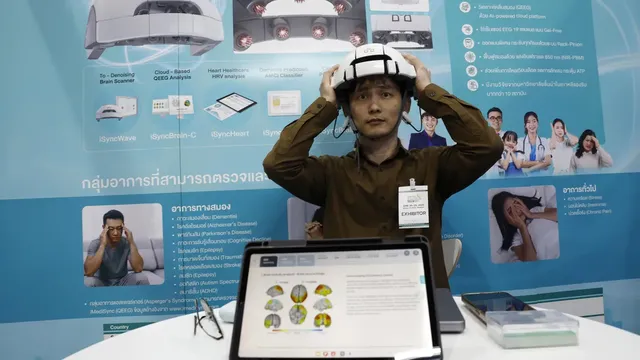If you’re like most people, you probably scroll through your phone before bed. More than three-quarters of Americans lose sleep due to digital distractions, and sleep experts are calling for change. The problem isn’t just the time lost — screens emit blue light, which stimulates the brain and makes it harder to relax.
An alternative offered by many smartphones is the red filter, which blocks blue light, Health reported. According to specialists, red tones send a signal that the day is coming to an end and are less likely to disrupt melatonin production, unlike blue light, which “tricks” the brain into thinking it’s daytime. Research, however, is conflicting, and there is no definitive confirmation of the method’s effectiveness, although most data suggest some benefit.
Blue light directly affects the circadian rhythm — the natural 24-hour biological clock. During the day, it can boost mood, concentration, and performance, but in the evening it suppresses the natural surge of melatonin, which signals the body that it’s time to sleep. Just two hours of blue light exposure can lower melatonin levels by about 22%, specialists explain.
The content we consume is no less important — every video, notification, or post releases dopamine, which keeps the brain active and alert. “It’s just too exciting,” experts say, emphasizing that this prolongs the time it takes to fall asleep.
While the red filter reduces the negative impact of light, the best thing we can do for our sleep is to limit phone use at least two hours before bedtime. If that’s not possible, lowering brightness, activating “Night Shift” or “Gray Scale” mode, and avoiding stressful or stimulating content can help. Or, as specialists sum it up: “Boredom in the evening is a good thing.” |BGNES

 Breaking news
Breaking news
 Europe
Europe
 Bulgaria
Bulgaria







